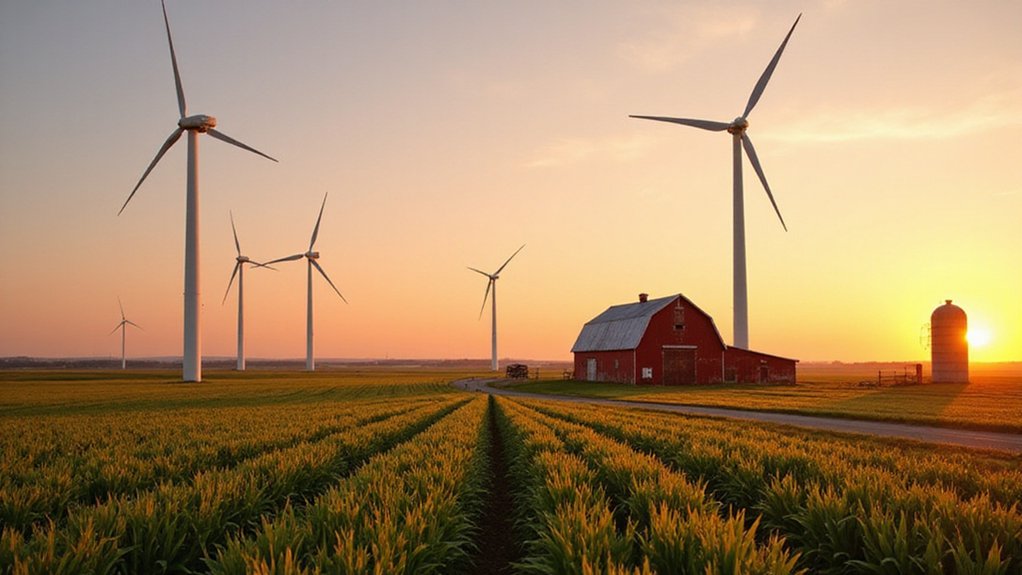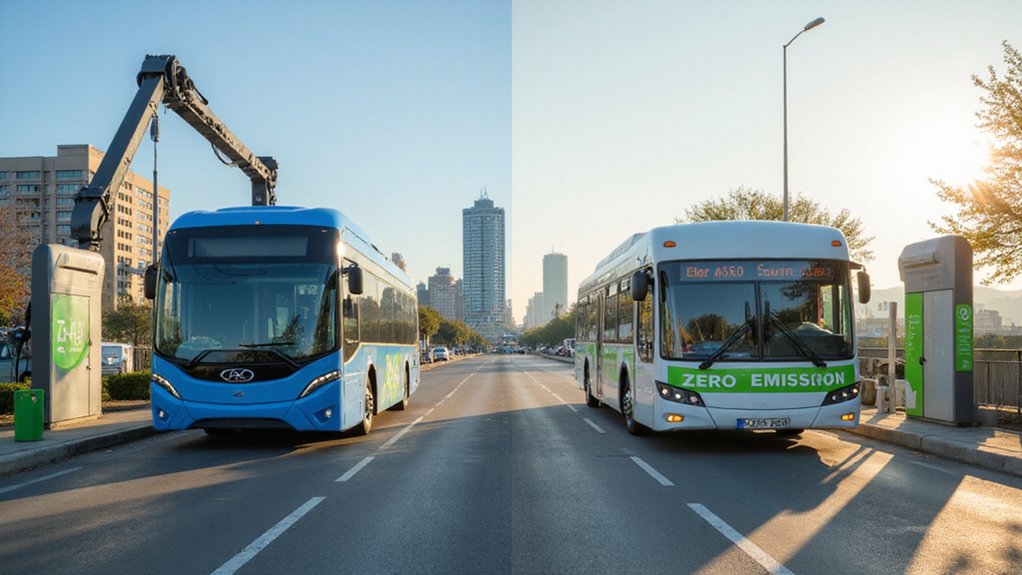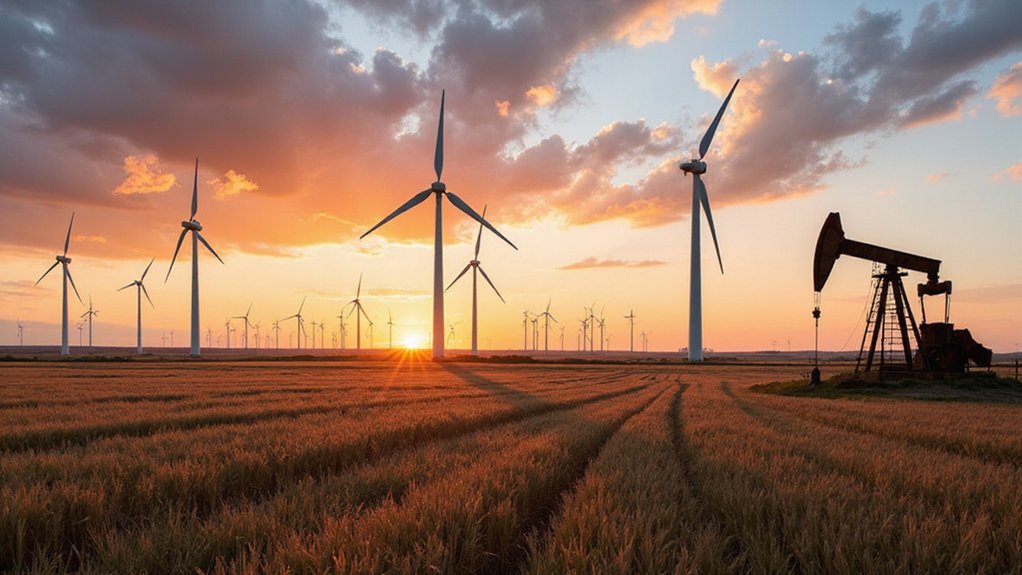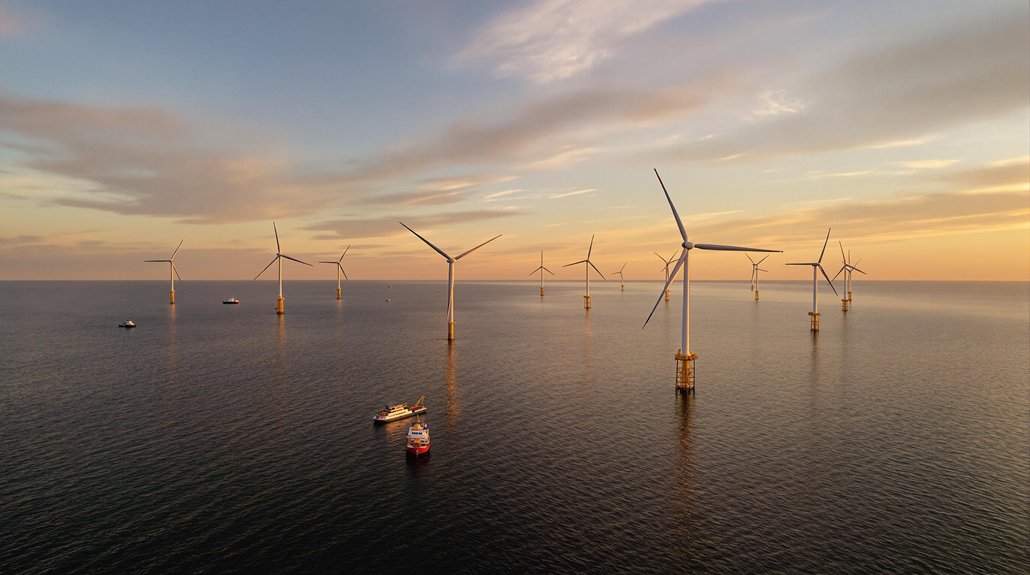Wind turbines are changing the economic landscape for many rural communities across the country. Small towns that once struggled with declining populations and limited tax bases are now seeing unexpected financial benefits. Farmers who lease their land for turbines earn steady income while still being able to work their fields. Local governments are using new tax revenue to fix roads, upgrade schools, and improve emergency services. These developments raise important questions about the future relationship between renewable energy and rural prosperity.
While debates about renewable energy often focus on urban settings, wind turbines are bringing significant benefits to America’s rural communities. Across the country, wind power projects are transforming local economies by providing new tax revenues that support schools, roads, and other essential infrastructure. These projects are helping many small towns reduce property taxes while improving public services.
Farmers and rural landowners are among the biggest winners. They’re receiving steady lease payments for hosting turbines on their property, with annual payments to rural landowners totaling $267 million nationwide. The best part? Farmers can continue growing crops or grazing livestock around the turbines, which take up minimal land space. For many family farms, this reliable income helps buffer against bad weather seasons and fluctuating crop prices.
The economic impact extends beyond lease payments. Wind projects create both temporary construction jobs and permanent operations positions. They also attract new businesses to provide goods and services to the wind industry. This economic activity is helping some rural areas reverse population decline by creating new opportunities for younger generations to stay in their communities. Communities also benefit from competitive electricity rates which typically range from 2-6 cents per kilowatt-hour.
Infrastructure improvements are another tangible benefit. In Franklin County, Iowa, wind energy payments helped pay off an $18 million bond for infrastructure upgrades. Mower County in Minnesota received $2.37 million from wind production taxes in a single year. Better roads and bridges benefit everyone in the community, including local agricultural operations.
Wind energy also provides environmental and energy benefits. As a carbon-free electricity source, it helps rural communities meet sustainability goals. Wind power is now one of the lowest-cost electricity generation options, which can lower energy costs for rural residents and businesses. Additionally, wind energy production conserves 95 billion gallons of water annually compared to traditional power generation methods.
The most successful wind projects involve the whole community. When local stakeholders are engaged and financial benefits are widely shared, social impacts tend to be more positive. For many rural communities facing economic challenges, wind energy has become an unexpected ally, bringing new resources and opportunities to America’s heartland.









